Introduction
The discussion encompassing the forbidding of durags in schools is both complex and nuanced, addressing social importance, individual freedoms, and institutional arrangements. Lately, this issue has earned expanding consideration as schools wrestle with inquiries of personality, articulation, and inclusivity. In this article, we dig into the different aspects of this discussion, investigating the social meaning of durags, the effect of school clothing standards, and the impacts on Dark understudies. By inspecting these key components, we plan to reveal insight into why this theme isn’t just pertinent yet in addition meriting smart thought. Go along with us as we explore through the layers of this conversation to comprehend the ramifications and potential arrangements encompassing the presence of durags in instructive settings.
Happy journey to learn with us about Why Durags Banned in Schools
Understanding Durags
Durags hold a huge spot inside Dark culture, filling in as something beyond a style frill. Starting in the mid nineteenth 100 years, durags were at first worn by African American captives to keep up with their hair surface and shield their scalps from cruel working circumstances. Over the long haul, durags developed into an image of social personality and pride, addressing versatility, self-articulation, and local area.
One of the essential elements of durags is to safeguard haircuts, especially those requiring many-sided support like waves, plaits, or winds. By keeping hair set up, durags help to keep up with the respectability of these styles, keeping them from disentangling or becoming rumpled. For some people, particularly inside the African American population, hairdos hold profound social importance, reflecting legacy, custom, and individual personality. Durags in this way assume an essential part in working with the upkeep and protection of these social markers.
Additionally, durags have likewise become significant of persistence and taking care of oneself inside Dark culture. In a general public where Dark people have frequently confronted separation and minimization, durags act for of self-confirmation and strengthening. By investing heavily in their appearance and embracing their regular hair surface, people recover organization over their personality and challenge winning standards of magnificence and preparing.
In spite of their social importance, durags have frequently been likely to negative generalizations and misinterpretations, especially in regards to their relationship with guiltiness or group alliance. Nonetheless, it is vital for discrete these fantasies from the real world and perceive durags for what they genuinely address: a type of self-articulation well established in social legacy and individual personality.
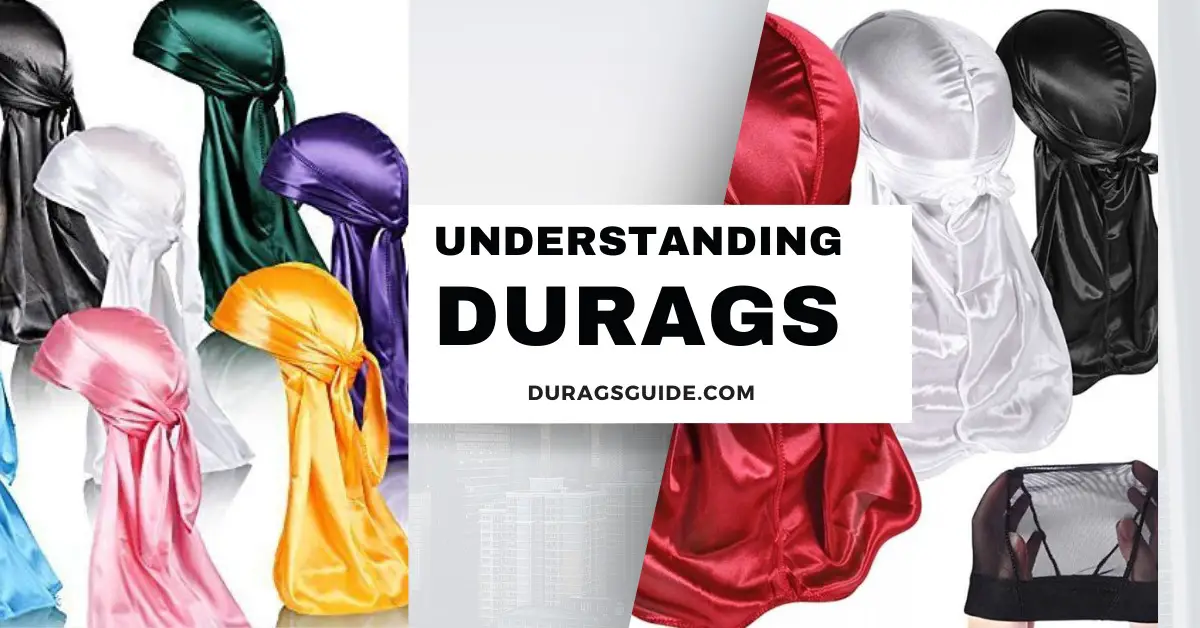
School Dress Codes and Durags
School clothing regulations act as rules overseeing understudies’ clothing inside instructive foundations, planning to keep a favorable learning climate and maintain specific guidelines of etiquette. Notwithstanding, the implementation of clothing regulations frequently brings up issues with respect to individual freedoms, social responsiveness, and inclusivity, especially concerning things like durags.
One of the essential issues concerning durags inside the setting of school clothing regulations is the impression of them as troublesome or unseemly clothing. Some school organizations contend that durags are incongruent with the expert and scholarly environment they look to develop, refering to worries about cleanliness, discipline, and interruption. Thusly, durags are much of the time remembered for arrangements of precluded things, close by different articles considered unacceptable for the school climate.
Nonetheless, such cover boycotts neglect to recognize the social meaning of durags and may excessively influence Dark understudies. By restricting durags out and out, schools risk minimizing understudies who depend on them for of keeping up with their haircuts and social personality. Additionally, such approaches can add to sensations of estrangement and segregation among Dark understudies, who might see the authorization of clothing standards as unfair or socially obtuse.
Besides, the requirement of clothing standards in regards to durags may reflect more extensive issues of racial predisposition and disparity inside instructive foundations. Studies have shown that clothing standard approaches are much of the time applied all the more thoroughly to understudies of variety, prompting lopsided disciplinary activities and derision. In this unique circumstance, the denial of durags should be visible as meaningful of foundational predispositions that impediment underestimated gatherings and propagate imbalances in schooling.
It is fundamental for schools to think about the ramifications of their clothing standard approaches on understudies’ social character and feeling of having a place. As opposed to forcing cover boycotts, instructors and executives ought to endeavor to encourage comprehensive conditions that celebrate variety and oblige the social acts, everything being equal. This might include returning to and changing existing clothing standard strategies to guarantee they reflect social responsiveness and regard for individual articulation.
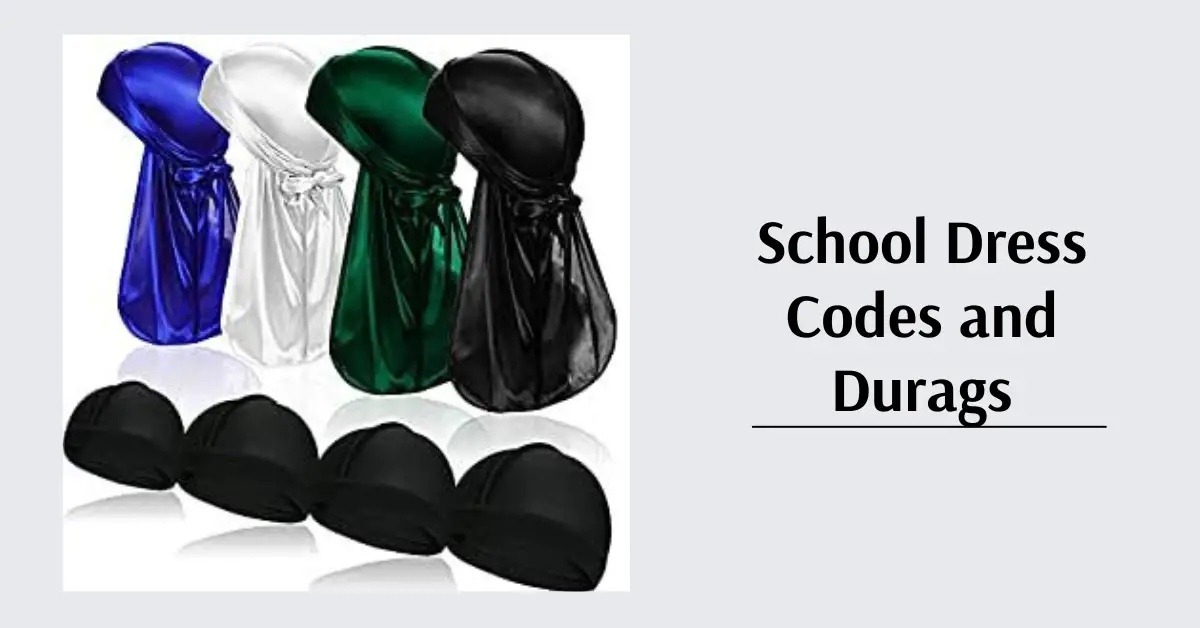
Effects on Black Students
The restriction of durags in schools can meaningfully affect Dark understudies, affecting their feeling of personality, confidence, and scholarly achievement. By understanding these impacts, teachers and policymakers can all the more likely location the difficulties looked by Dark understudies in instructive settings.
One of the essential outcomes of forbidding durags is the eradication of social personality among Dark understudies. For some people, durags act as images of social legacy and pride, addressing an association with their foundations and a festival of their character. At the point when schools restrict durags, they really smother this declaration of social personality, communicating something specific that specific parts of Dark culture are unwanted or unsatisfactory inside the instructive climate.
Besides, the denial of durags can add to sensations of distance and rejection among Dark understudies. In a school climate where social variety ought to be commended and embraced, the requirement of clothing regulations that target things like durags can make a threatening environment for understudies of variety. This feeling of estrangement can adversely influence understudies’ personal prosperity, prompting diminished inspiration, commitment, and scholastic execution.
Moreover, the denial of durags can propagate generalizations and marks of shame encompassing Dark hair and preparing rehearses. By classifying durags as unseemly or amateurish clothing, schools build up regrettable generalizations about normal Dark haircuts and add to a culture of similarity and digestion. This subverts understudies’ trust in their appearance as well as builds up cultural standards that honor Eurocentric principles of excellence and prepping.
Besides, the restriction of durags may fuel existing abberations in disciplinary practices and results for Dark understudies. Studies have shown that understudies of variety are excessively exposed to disciplinary activities, including suspension and ejection, contrasted with their white companions. The requirement of clothing standards focusing on things like durags can add to this uniqueness by furnishing school executives with one more guise for punishing Dark understudies in light of their appearance.
In outline, the disallowance of durags in schools can have expansive consequences for Dark understudies, affecting their feeling of character, having a place, and scholarly achievement. By perceiving and tending with these impacts, instructors and policymakers can make progress toward establishing more comprehensive and evenhanded learning conditions that commend the social variety, everything being equal.

Advocating for Inclusivity
The discussion about whether durags ought to be permitted in schools highlights the more extensive requirement for social inclusivity and responsiveness inside instructive establishments. As opposed to sustaining strategies that underestimate specific social practices, schools ought to endeavor to establish conditions that embrace variety and regard individual articulation.
One contention for permitting durags in schools is the advancement of social validness and pride among Dark understudies. By perceiving durags as genuine articulations of social character, schools send a strong message of acknowledgment and approval to understudies of variety. This approval can have sweeping impacts on understudies’ confidence, certainty, and feeling of having a place inside the school local area.
Besides, permitting durags in schools can add to a more comprehensive learning climate where all understudies feel esteemed and regarded. By obliging the social acts of different understudy populaces, schools exhibit a pledge to value and civil rights. This inclusivity reaches out past the domain of clothing standards to include educational program, instructional method, and school culture, encouraging a climate where understudies from assorted foundations can flourish and succeed.
Besides, permitting durags in schools can act as a chance for training and discourse encompassing social variety. Instead of review durags as interruptions or disturbances, schools can involve them as training devices to investigate issues of personality, legacy, and portrayal. By connecting with understudies in discussions about the social meaning of durags, teachers can advance compassion, understanding, and appreciation for different viewpoints.
Pundits of permitting durags in schools might contend that doing so sabotages norms of impressive skill and discipline. Nonetheless, it is fundamental to perceive that impressive skill ought not be likened with adjustment to Eurocentric standards or deletion of social character. By renaming great expertise to encompass a greater extent of social verbalizations, schools can lay out conditions where all students are regarded for what their personality is, rather than how eagerly they conform to winning social rules.
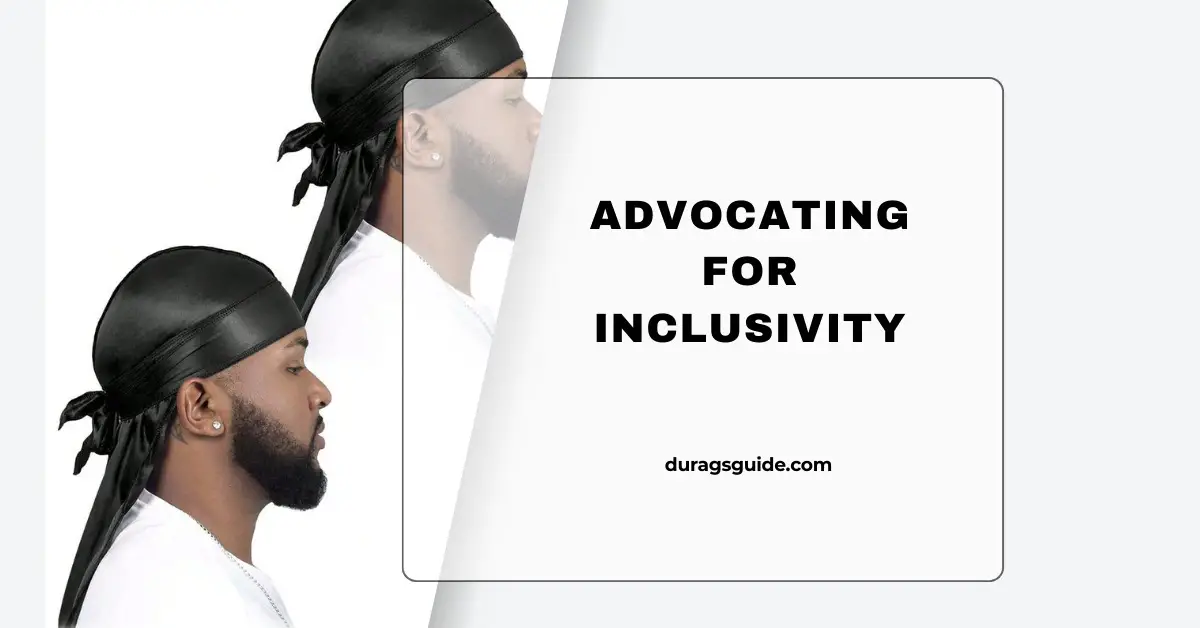
Some explanations about Why Durags Banned in Schools
| Reasons Why Durags Are Banned in Schools | Explanation |
| Disruption of Dress Code | Durags may be perceived as violating dress code policies, which often prohibit headwear indoors or items that cover the head, leading to their ban in some schools. |
| Association with Gang Affiliation | Some schools ban durags due to their association with gang culture, as they are sometimes worn as identifiers, leading to concerns about safety and gang-related activity. |
| Potential for Concealing Contraband | Durags’ loose fit and ability to cover the head may raise concerns about students using them to conceal contraband items, such as weapons or prohibited substances. |
| Distraction to Learning Environment | Schools may ban durags to maintain a focused learning environment, as they could potentially distract students or disrupt classroom activities with their distinctive appearance. |
| Perceived as Unprofessional or Inappropriate | Durags may be viewed as unprofessional or inappropriate attire for an educational setting, leading to their prohibition to uphold standards of decorum and professionalism. |
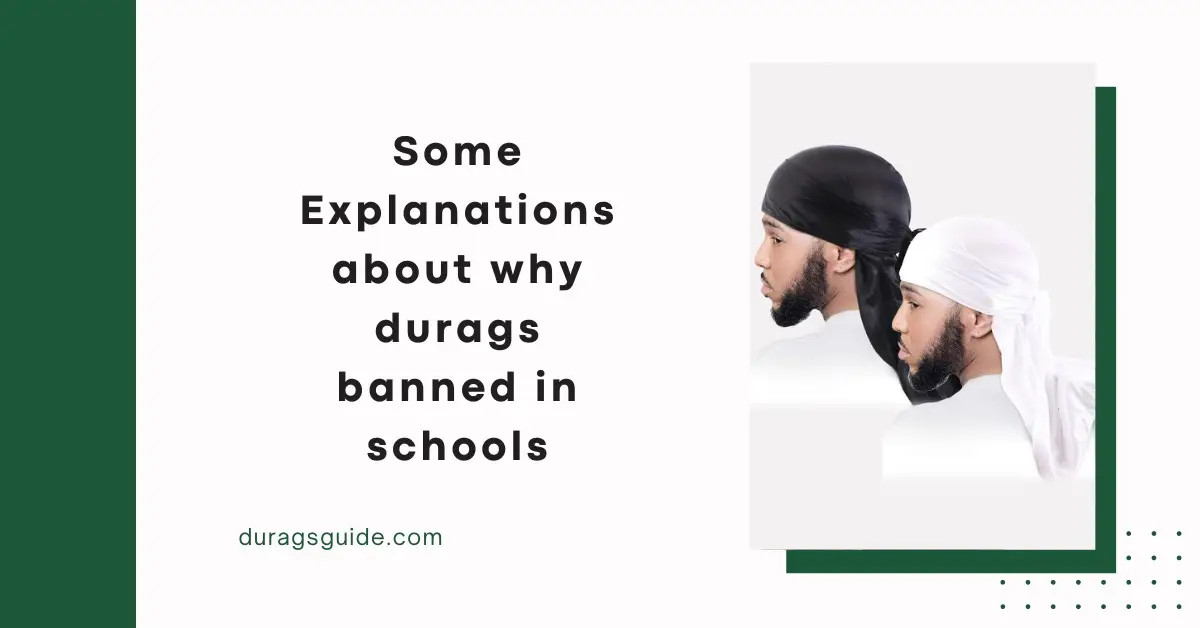
Some views about durags
The following are a couple of fictionalized tales addressing different encounters with wearing durags, alongside remarkable and imaginative input
1.Malik’s Insight: Malik, a secondary school understudy, wears his durag gladly as an image of his social personality. In spite of confronting opposition from certain educators who view it as an infringement of the clothing regulation, Malik feels engaged knowing that he’s addressing his legacy. Input: “Malik’s durag is something other than a piece of fabric; it’s an assertion of pride and versatility. Schools could profit from perceiving and celebrating such social articulations.”
2.Jasmine’s Insight: Jasmine, an understudy, wears a durag to keep up with her interlaces while concentrating until quite a bit later. She values the accommodation it offers, permitting her to zero in on her scholastics without agonizing over her hair. Criticism: “Jasmine’s experience features the functional advantages of wearing a durag. Schools ought to consider the different necessities of understudies and the job that social things like durags can play in supporting their scholarly achievement.”
3.Carlos’ Insight: Carlos, a center school understudy, at first has a hesitant outlook on wearing a durag to school, dreading judgment from his friends. Nonetheless, when he gets praises from cohorts who appreciate his fashion instinct, Carlos’ certainty takes off. Criticism: “Carlos’ story exhibits the force of encouraging feedback in cultivating self-assurance. Schools can establish conditions where understudies feel happy with putting themselves out there genuinely.”
4.Maria’s Insight: Maria, an educator, sees that large numbers of her understudies wear durags to school yet frequently face disciplinary activity from directors. Perceiving the social meaning of durags, Maria advocates for a more comprehensive clothing regulation strategy that regards understudies’ personalities. Criticism: “Maria’s support represents the significance of teachers in advancing inclusivity and testing institutional standards. Schools ought to stand by listening to the voices of educators like Maria who champion variety and value.”
5.Ahmed’s Insight: Ahmed, a new migrant, feels detached from his new climate until he sees different understudies wearing durags at his school. Propelled by their deep satisfaction, Ahmed chooses to wear a durag himself, feeling a feeling of having a place and brotherhood with his companions. Criticism: “Ahmed’s experience features the job of social images in encouraging a feeling of local area and having a place. Schools ought to embrace variety and make spaces where all understudies feel acknowledged and esteemed.”
These fictionalized encounters offer exceptional points of view on the social meaning of durags and the significance of embracing variety in instructive settings. By paying attention to and understanding these encounters, schools can establish more comprehensive conditions where understudies feel enabled to genuinely communicate their thoughts.
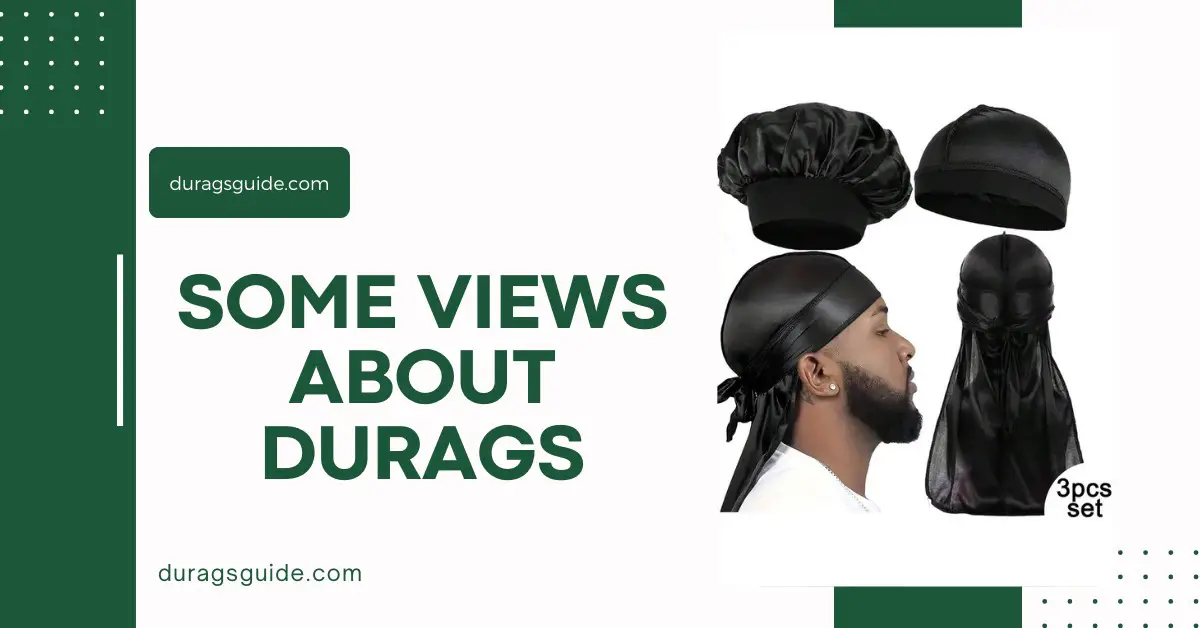
In my opinion whether durags should be banned in schools
Here are some lines to express your opinion on whether durags should be banned in schools:
1.”In my view, the discussion about whether durags ought to be restricted in schools is multi-layered and warrants cautious thought.”
2.”Personally, I accept that prohibiting durags in schools might disregard their social importance and the effect such boycotts can have on understudies’ feeling of character and having a place.”
3.”I comprehend the worries with respect to clothing standard arrangements and amazing skill, however I trust that sweeping restrictions on durags may accidentally propagate generalizations and minimize specific social practices.”
4.”While I perceive the requirement for schools to keep up with guidelines of dignity, I likewise trust that cultivating inclusivity and regarding social variety ought to be vital in instructive conditions.”
5.”Ultimately, I advocate for a more nuanced approach that adjusts the requirement for discipline with the acknowledgment and festivity of understudies’ social personalities.”
6.”In my perspective, as opposed to prohibiting durags by and large, schools ought to participate in exchange with understudies, guardians, and local area individuals to find arrangements that oblige social articulations while keeping a positive learning climate.”
7.”I accept that by embracing social variety and advancing comprehension, schools can establish conditions where all understudies feel esteemed and regarded, no matter what their social foundation or appearance.”
8.”In end, while the discussion over durags in schools might be mind boggling, I ask for arrangements that focus on inclusivity, value, and regard for understudies’ social personalities.”
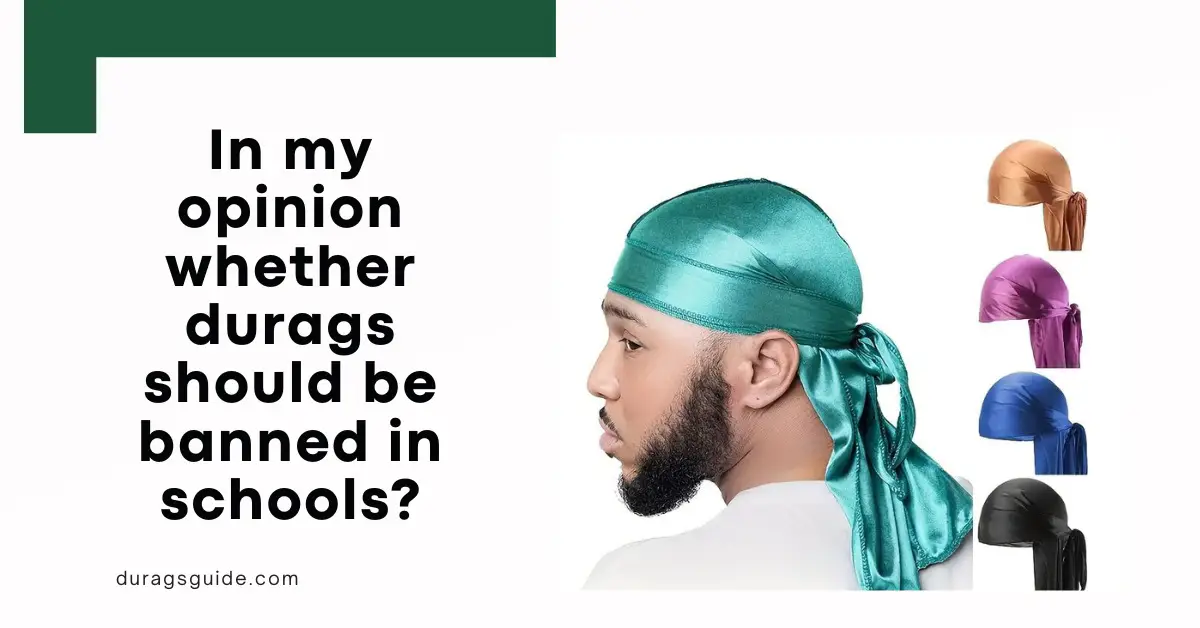
Conclusion
In conclusion, the debate over durags in schools serves as a reminder of the ongoing need to challenge assumptions, confront biases, and work towards creating more inclusive and equitable educational environments for all. By addressing the complex issues at the intersection of culture, identity, and education, we can move closer to realizing our shared vision of a society where every individual is valued and respected.
Frequently Asked Questions (FAQ)
Are durags permitted in school?
The stipend of durags in schools differs relying upon individual school strategies. A few schools grant durags inside unambiguous rules, while others uphold severe clothing regulations that forbid them. It's urgent for understudies and guardians to really get to know their school's clothing standard arrangements to comprehend whether durags are allowed.
What is the social meaning of durags?
Durags hold critical social significance inside the African American population, representing legacy, pride, and self-articulation. Starting from African American hair care rehearses, durags have developed into images of strength and personality, addressing an association with social roots and customs.
Do clothing standards affect the utilization of durags in school?
: Indeed, clothing standards can essentially affect the utilization of durags in schools. Durags are much of the time remembered for arrangements of denied things because of worries about amazing skill, discipline, or adherence to specific appearance norms. Nonetheless, the implementation of clothing standards in regards to durags can bring up issues about social awareness, value, and consideration.
Ought to durags be permitted in schools?
This question is likely to discuss and relies upon different variables, including social setting, individual privileges, and instructive targets. That's what advocates contend permitting durags advances social inclusivity, self-articulation, and pride among Dark understudies. Pundits might contend that permitting durags subverts norms of amazing skill or discipline inside schools.
